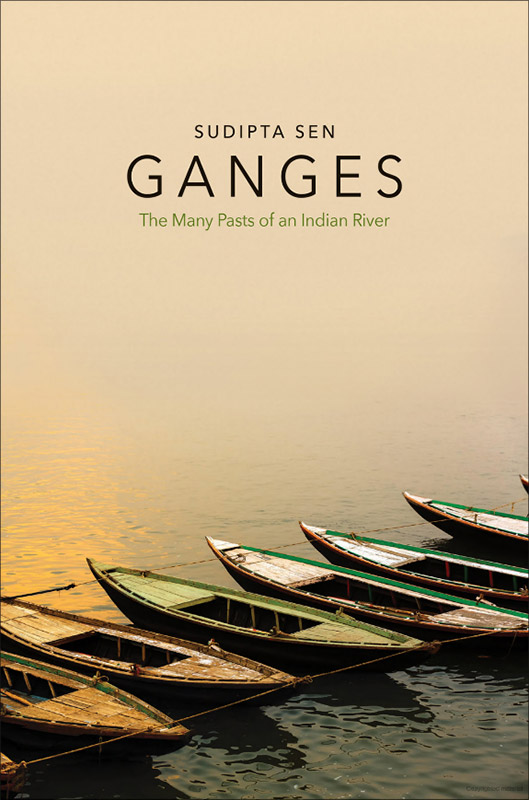Sudipta Sen visited Himalayan pilgrim towns along the Ganges River with his family as a 4-year-old, and ingested small teaspoons-full of its waters during ancestral rituals while growing up in India. It left a lasting impression, enough so that he went back many times, retracing stretches of its 1,500-plus miles.
Ganges: The Many Pasts of an Indian River

- By Sudipta Sen, professor of history
- Yale University Press, Jan. 8, 2019
- Published in India as Ganga: The Many Pasts of a River, by Penguin Random House

His experiences, observations and research about the river’s history, ecology, spirituality, culture and legends, along with bits of environmental science and biology, are now captured in his latest book Ganges: The Many Pasts of an Indian River.
It is a study in which the UC Davis professor of history starts in prehistoric India, tracing the river’s first settlers, its myths of origin in the Hindu tradition, and its significance during the ascendancy of popular Buddhism.
In the following centuries, Indian empires, Central Asian regimes, European merchants, the British Empire and the Indian nation-state all shaped the landscape, identity and ecology of the river and its basin.
Sen, who left India at age 23 to study abroad, tells the story of the Ganges, or Ganga as it is known in India, from the communities that arose on its banks to the merchants that navigated its waters, and the way it came to occupy center stage in the history and culture of the subcontinent.
Weaving together geography, environmental politics and religious history, Sen offers in this lavishly illustrated volume a remarkable portrait of one of the world’s largest and most densely populated river basins. The publisher describes it as “a sweeping, interdisciplinary history of the world’s third-largest river, a potent symbol across South Asia and the Hindu diaspora.”
The book includes photo illustrations by Sen and his cousin, Debal Sen, a well-known Kolkata-based cardiologist and wildlife photographer. The book also offers the stories of Sudipta Sen’s travels with graduate students along arduous pilgrim trails (one including a climb to more than 15,000 feet) to “witness the descent of the purest river in the world, whose waters have the power to cleanse — as most Hindus believe —every kind of sin known to humankind.”
Read more
- “Book on Ganges Tells Story in Words and Photos” (UC Davis Arts Blog)
- “Glittering Currents of the Ganges River” (The Christian Science Monitor)
- “Unruly Waters and Ganges Review: In India, Water Is Politics” (The Wall Street Journal)
- “Human and Environmental Stories Interweave in a Meandering Meditation on the Ganges River” (Science)
- “Review: Ganges Explores Why the River Draws Pilgrims and Emperors Alike to Dip in Its Sacred Waters” (Los Angeles Times)
- “What the Ganges Means to India” (Think)
